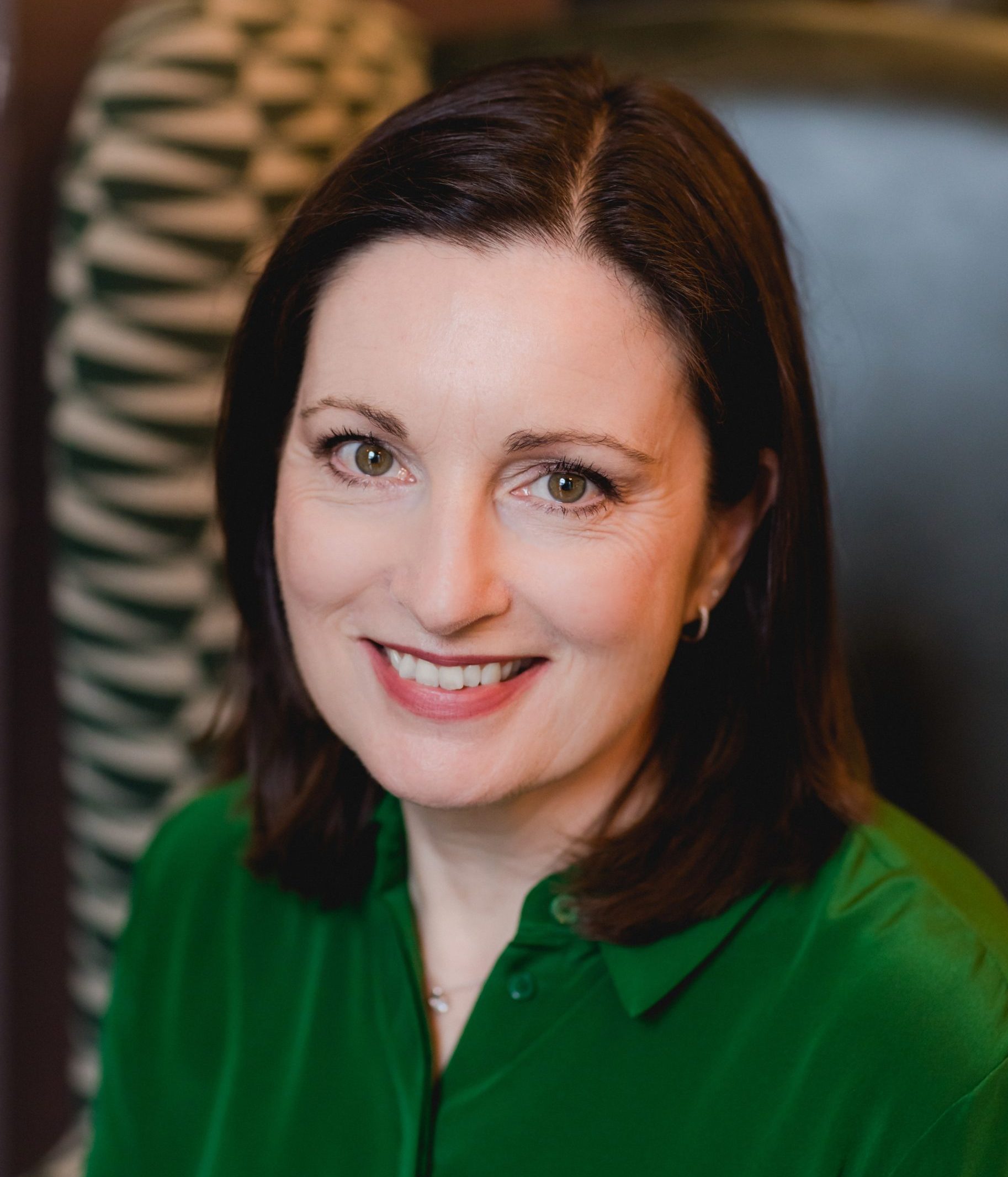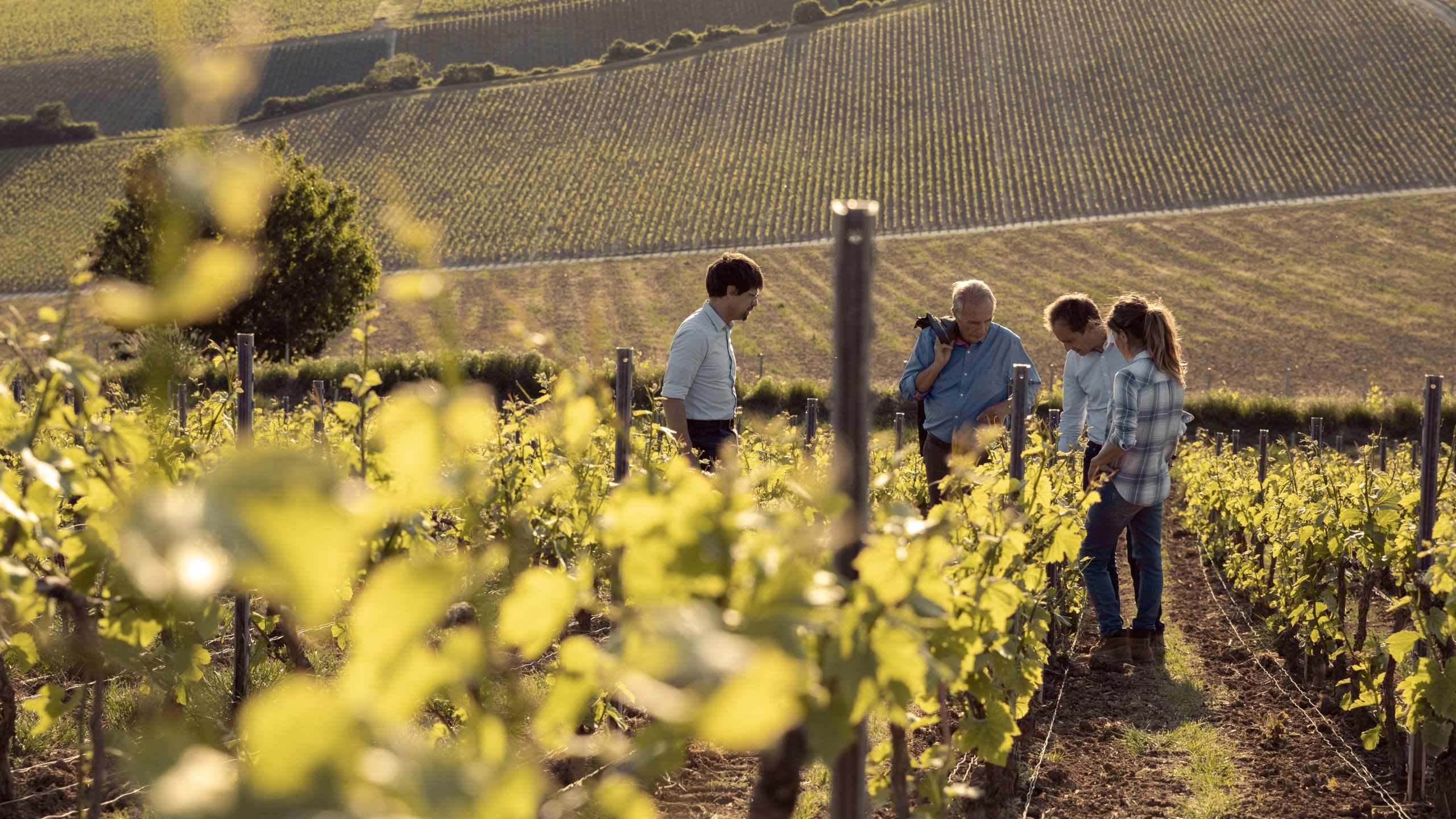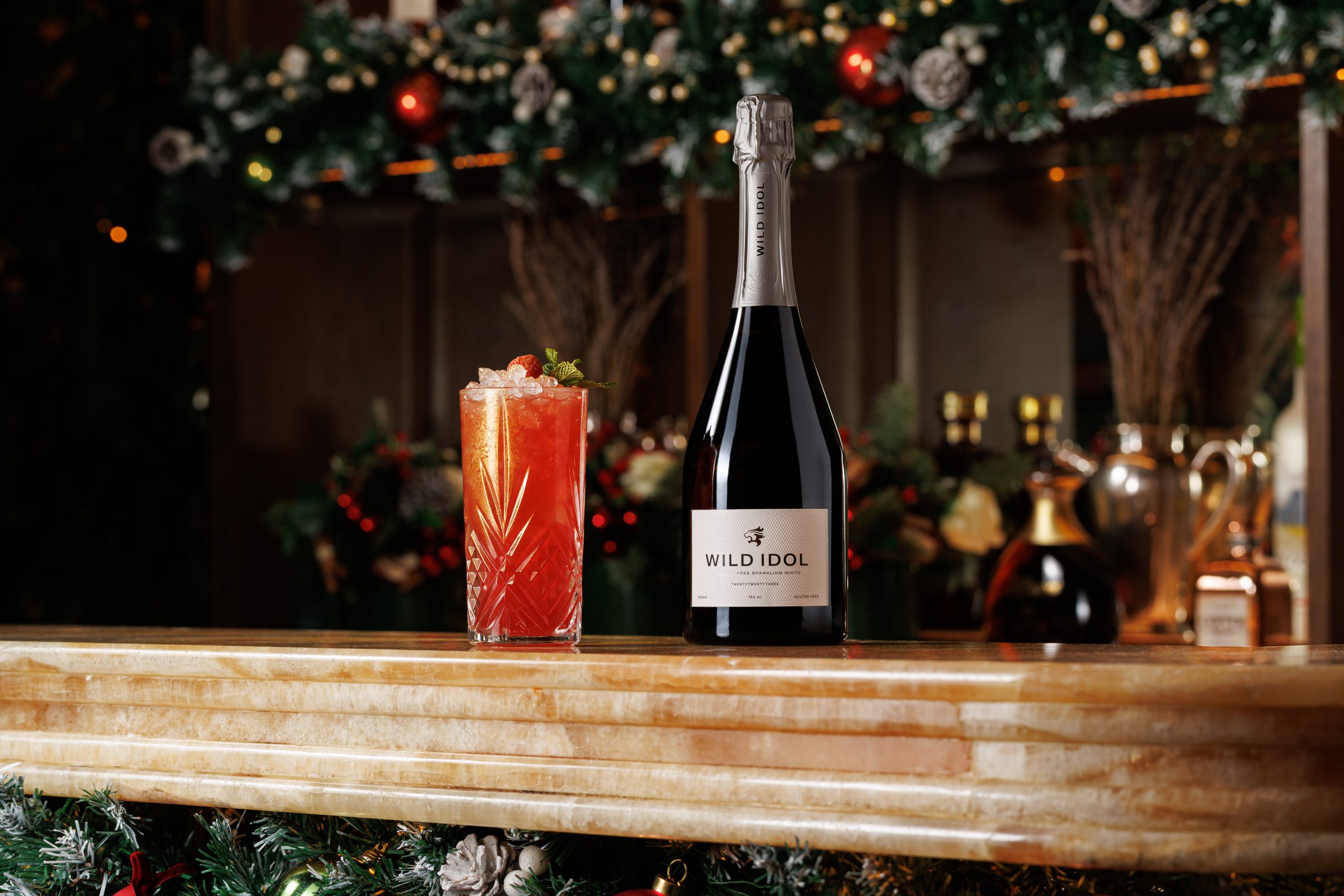Nature, time and people: 200 years of Delamain Cognac
Known for its elegant, complex Cognacs, the house of Delamain is celebrating its bicentenary this year with two commemorative bottlings – including a remarkable 10-litre dame-jeanne to be auctioned by Bonhams. Richard Woodard reports.
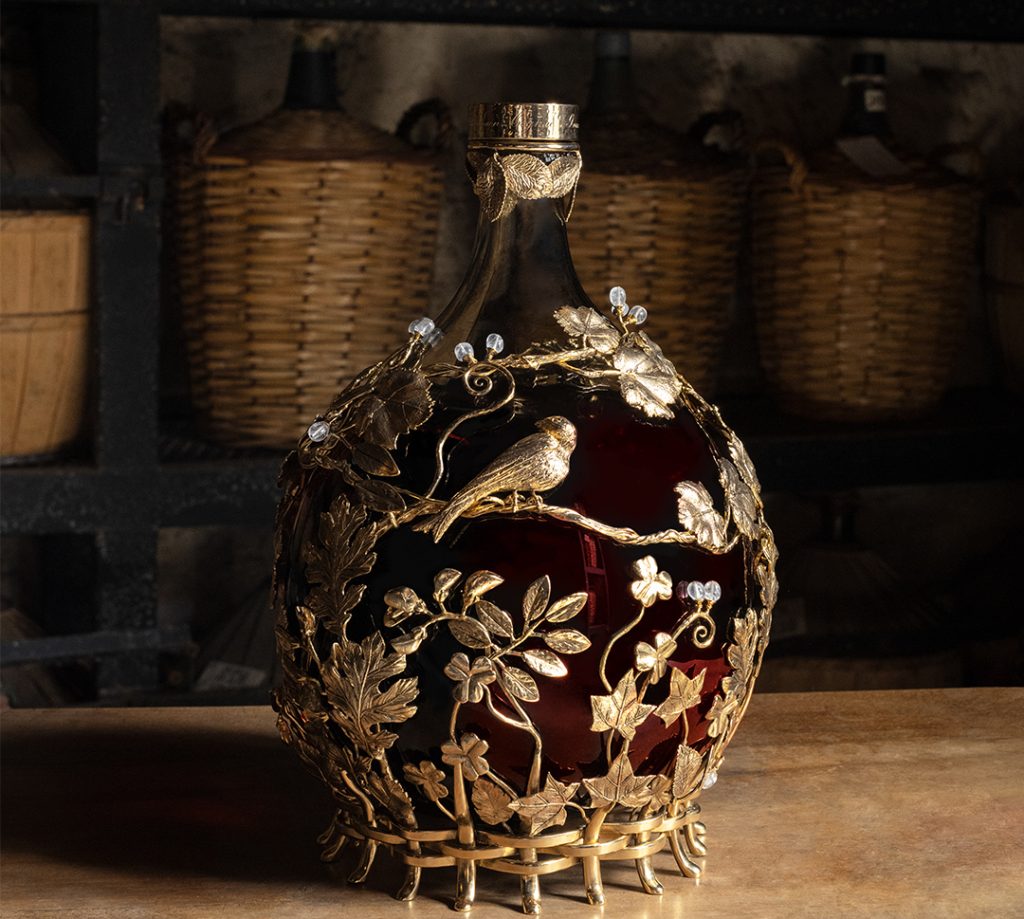
History is soaked into the very walls of Delamain’s home in the town of the Jarnac. In the house’s ‘pre-cellar’, a 13th-century crypt, sits an antique alambique or still – silent now, but a tribute to the distillation skills that have earned Cognac global fame. At Delamain, even the bottling line is a centuries-old former convent.
Standing in that pre-cellar, the air is full of the evocative scents of long-aged Cognac. From a glass dame-jeanne labelled simply ‘G CH 1947’, Delamain MD Eric Le Bouar pours glasses of an intense, rancio-rich eau-de-vie with a robust character that is, at first acquaintance, quite un-Delamain in style.
Sourced from sloping vineyards close to the Château de Bouteville in the heart of Grande Champagne, this liquid was a personal favourite of Patrick Peyrelongue, former Delamain MD and cousin to current cellar master Charles Braastad – both of whom represent the ninth generation of the Delamain family since the house was founded in 1824.
That 1947 eau-de-vie is one of a quintet of components that make up L’Édition Rare du Bicentenaire, a commemorative blend composed by Braastad and Dominique Touteau, his predecessor as cellar master, and recently retired after a Delamain career spanning more than four decades. “When we wanted to do something for the bicentenaire, we thought it would be good to revisit the old dames-jeannes,” says Braastad.
These are Delamain’s most prized eaux-de-vie, aged for several decades in oak before being transferred into glass to arrest their development. Alongside that 1947 example sit dames-jeannes from 1893 (shy, perfumed, with notes of exotic spices), 1914, 1965 (a perfectly poised eau-de-vie from Verrières that is essence of Delamain) and 1969.
Each has been attributed to a different generation of Delamain’s history: Jean Delamain, Noël Sauzey, Alain Braastad (Charles’ father), Patrick Peyrelongue and, for 1969, Charles Braastad and Dominique Touteau jointly.
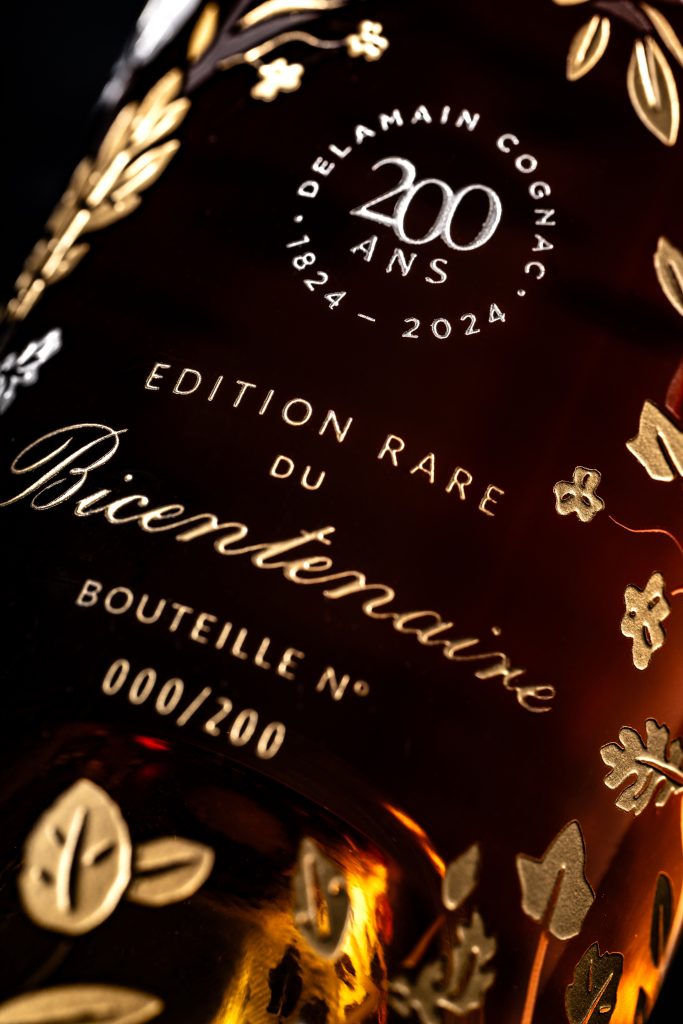
Only 200 bottles of L’Édition Rare du Bicentenaire will be offered for sale this December, priced at €6,000 each. Each numbered bottle features designs by goldsmith Maison Goossens, and is housed in an oak gift box with a medal entitling the bearer to a private tasting with Braastad in Jarnac.
Exquisite as the bottles are, they are overshadowed by the one-of-a-kind, 10-litre dame-jeanne of L’Édition Rare due to be auctioned by Bonhams later this year. Painstakingly constructed by Goossens using a seven-stage process, the ornately decorated vessel features 245 individually crafted, gold-plated design elements: leaves, flowers and birds.
The dame-jeanne will be auctioned online by Bonhams between 19 November and 6 December, with a pre-sale estimate of €100,000–€200,000. The successful bidder will also receive a 70cl bottle of L’Édition Rare, a decorated Goossens pipette and a two-day experience in Jarnac with three guests.
While L’Édition Rare is the centrepiece of the bicentenary celebrations, it’s not the only commemorative Cognac released by Delamain this year. L’Oiseau Rare (meaning ‘rare bird’) is an hors d’âge Cognac created by Touteau over the course of his decades-long career. “One day, he came back with a sample from a grower and said to me: ‘I think I’ve found a oiseau rare,’” recalls Braastad. “He was building this blend in secret, so he could release it before he retired.”
Partner Content
A number of these ‘rare bird’ eaux-de-vie were combined to marry and mature in dry conditions in a specially constructed foudre – a vat of seasoned oak – on the first floor of Delamain’s Grand Chai. Priced at €1,500, its bottle is decorated with the motifs of a number of birds – both as a nod to its name and as a tribute to Jacques Delamain, retelling a story that goes back more than a century.
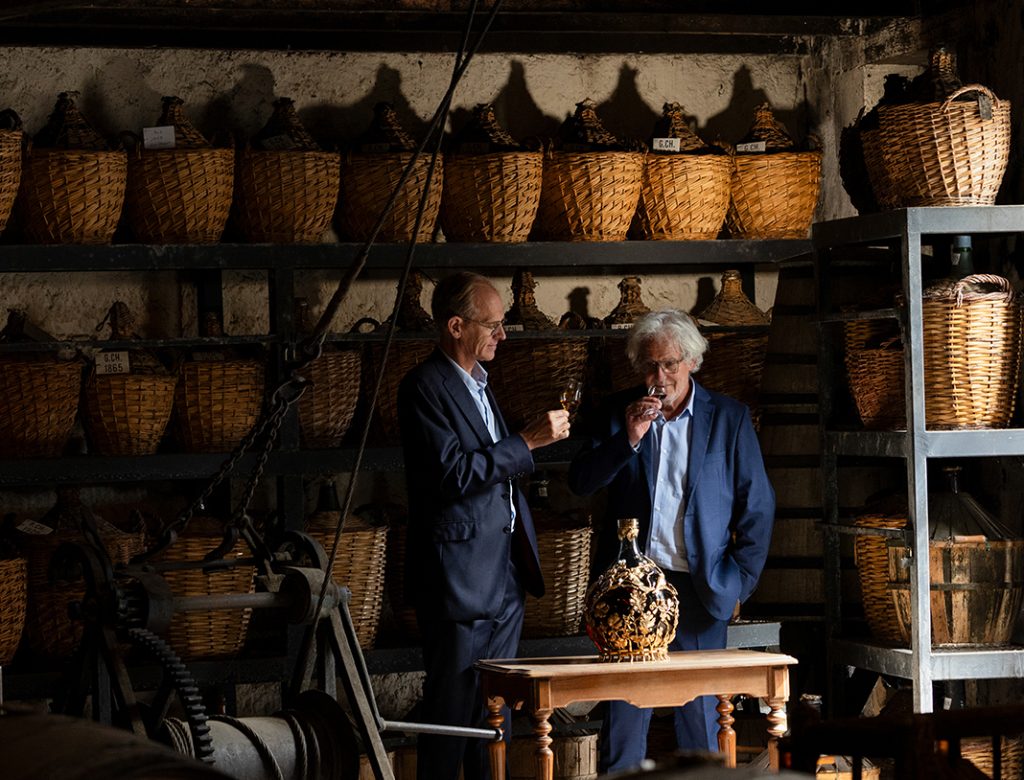
A keen ornithologist, Jacques wrote of his time in the trenches during the First World War, and the birdsong he heard between the explosions. He published a number of books, including Pourquoi Les Oiseaux Chantent (Why Birds Sing) and Portraits d’Oiseaux.
This passion for the life and culture of the region is something that runs through the Delamain generations: Jacques’ brother Robert, an ambulance driver during the First World War, wrote a history of Cognac and played a key role in the redrawing of the map of Cognac’s vineyard areas, or crus. Jean, Jacques’ son, was an avid botanist with a hybrid orchid – Dactylorhiza delamainii – named after him, while Charles’ father Alain Braastad was a keen historian.
Jacques and Robert Delamain were also instrumental in perhaps the most significant milestone in the house’s 200-year history. In 1920, they decided to create a Cognac that was more expressive of the vineyard, without too much oak influence, or recourse to the addition of sugar or caramel to bulk it out.
That Cognac, Pale & Dry, has since become the flagship of Delamain, encapsulating a house style of delicacy, fragrance and elegance, using seasoned oak that complements rather than overpowers the distillate. An XO since the 1990s, Pale & Dry today is responsible for 80% of the company’s sales.
But, for all the heritage and continuity represented by Delamain’s long history, change has punctuated the narrative of the past two centuries. While much importance is attached to the Delamain dynasty and the house’s three pillars of ‘Nature, Time and People’, the business has been majority-owned by long-term partner Groupe Bollinger since 2017.
Pale & Dry was reformulated with a higher, 42% ABV bottling strength on its centenary in 2020 – the year that also saw the debut of Pléiades, a rolling programme of high-end, single-cask, single-vineyard or vintage Cognac releases that is now being revamped.
The past year has seen Charles Braastad transition from the role of MD to take over from Touteau as cellar master, with Eric Le Bouar – previously in charge of M&A at Groupe Bollinger, and the man who oversaw the acquisitions of Hubert Brochard in Sancerre and Château d’Etroyes in Burgundy – taking over as MD.
Meanwhile, in 2019, well over a century after Delamain had sold the last of its vineyards and become wholly a négociant, the house returned to the land, taking over the management of a 21-hectare lieu-dit called La Rambaudie in the Grande Champagne commune of Malaville.
Aged releases from the parcel, which are a key element in the Pléiades range, exhibit a character that is pure Delamain, marrying elegant floral and fruit-driven flavours with the structure and complexity of Grande Champagne terroir. In their way, they offer at once a mirror on the past – and a hint of what may be to come in Delamain’s future.
Related news
50 Cent launches US$25,000 Cognac
Moët Hennessy struggles as Cognac sales slump
Christian Louboutin to front creative vision for Cognac house

